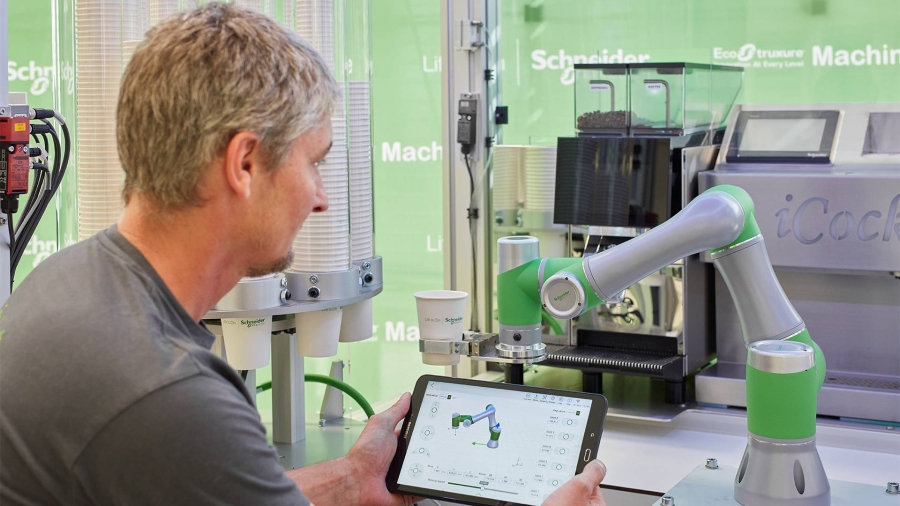Until now, the industrial world has worked with closed proprietary architectures and hardware-dependent applications. Yet, in a software-driven world, interoperability is essential.
Portability is already a standard in most other market sectors. For example, mobile applications are developed to run across different smartphone vendors, enabling rapid advances through collective innovation. Now it’s industry’s turn to release the constraints of closed, proprietary systems. It’s time for universal automation.
Universal automation is the world of plug-and-produce automation software components enabled by the IEC 61499 standard. Think of it as an app store for automation. Working to common, open standards is vital to ensuring multivendor interoperability and seamless interfaces from supply chain through manufacturing and to the end customer.
UniversalAutomation.org is an independent, not-for-profit association that manages a reference implementation of a shared source IEC 61499 standard-based runtime for automation. For the first time, vendors, end users, OEMs, and academics from across industry are sharing a common automation software layer across their automation technology—regardless of brand.















